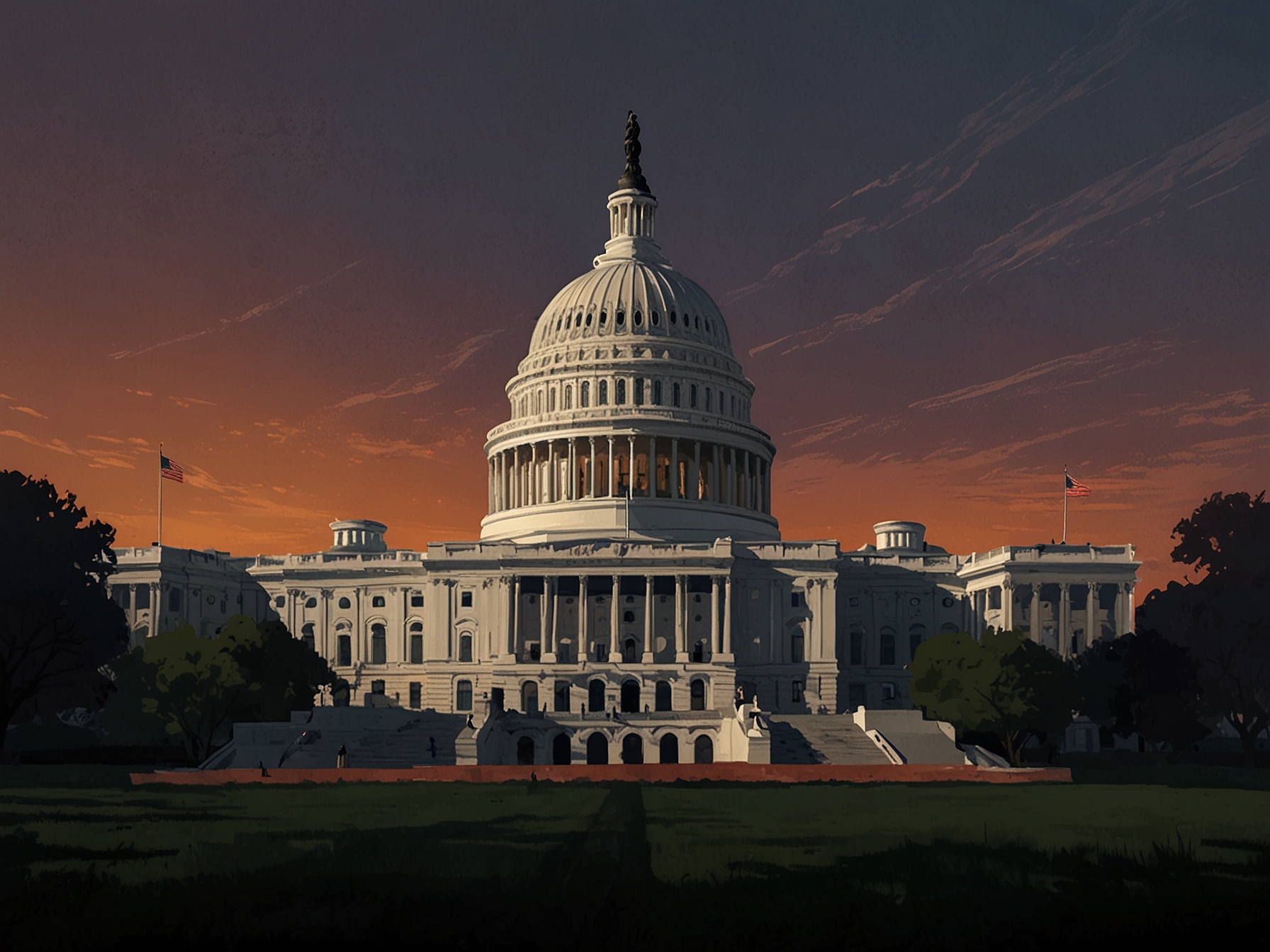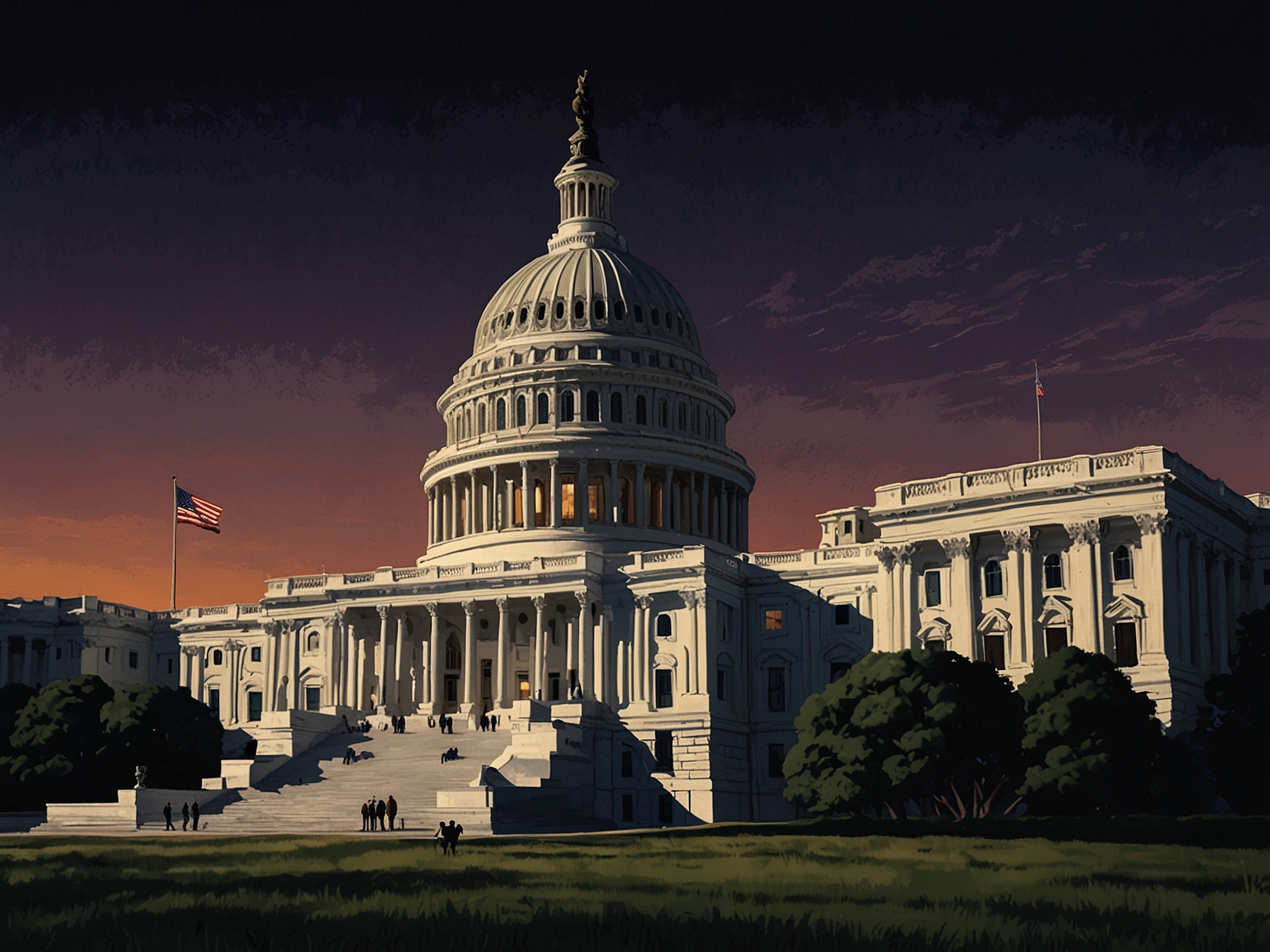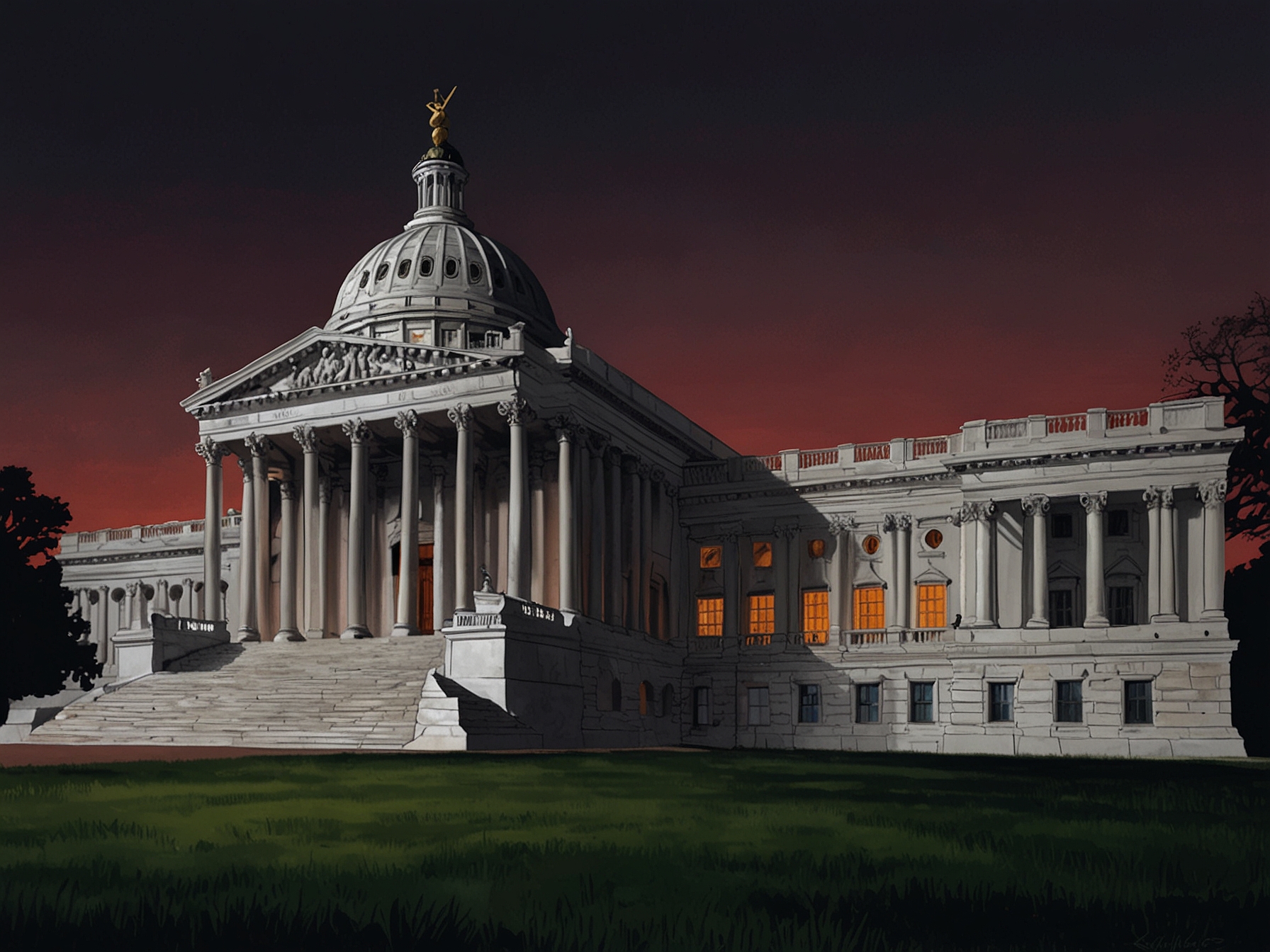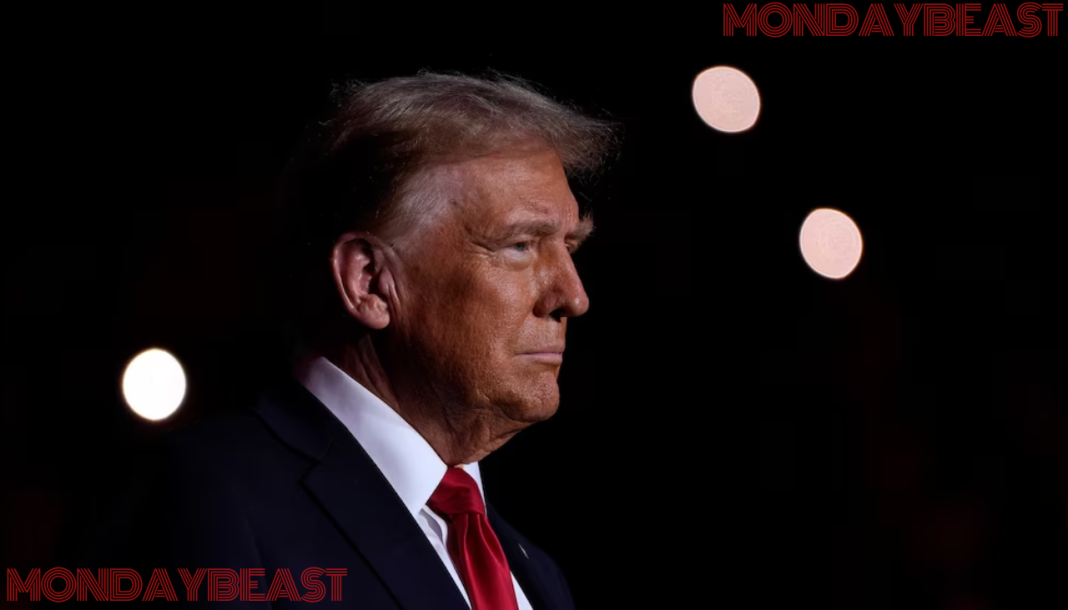The stage is set for turmoil in Washington. Donald Trump is stepping back into the spotlight as president, but his House majority could be paper-thin. With Republicans barely holding a one-seat margin, nearly every vote counts.
Imagine a Congress where each decision hangs by a thread. This is not just a hypothetical; it’s the reality facing a GOP scrambling to keep unity as their ranks dwindle. Wednesday’s night battles in California shifted the balance.

Republican Rep. John Duarte lost ground to Democrat Adam Gray, who holds a mere 182-vote edge. Meanwhile, in a neighboring district, Democrat Derek Tran outpaced GOP Rep. Michelle Steel by about 600 votes. These razor-thin victories could reshape the House landscape.
Next, look to Iowa, where GOP Rep. Mariannette Miller-Meeks enjoys an 800-vote lead. She secured her first term by the slimmest of margins — just six votes in 2020. Such tight races underscore the precarious nature of Republican control.
Calculating the numbers suggests a starting point of 220-215 for the GOP, slightly below the current 222-213. But the situation is trickier than it appears. With the resignation of former Rep. Matt Gaetz, the GOP could see their count drop to 219.

If Rep. Elise Stefanik and Rep. Mike Waltz exit to serve in Trump’s administration, that count could dwindle again. It puts them in a position where any departure transforms the chamber into a 217-215 margin. In this precarious balance, Speaker Mike Johnson’s words ring clear: ‘Enough already, give me some relief.’
He pleads with Trump to avoid recruiting more House members. This is not just a passing comment; it reveals the deep concern within GOP ranks. As hardline factions grow louder, Johnson’s call for unity sounds like a desperate plea for survival.
The atmosphere in Congress has been chaotic already. Internal strife has led to critical votes being stalled or blocked outright. Republicans experienced unprecedented dysfunction when they struggled for days to elect a speaker. This disarray is not easily forgotten.

Proposals to alter the rules of engagement are meant to curb discontent. They increase the number of votes needed to trigger a speaker ouster from one to nine. In exchange, dissenters are promised protection from retaliation.
Yet, with such a narrow margin, a single defector could unleash chaos and disrupt key legislative efforts. This is not merely a theoretical concern; it could manifest in very real consequences for the American public. One looming item on the agenda is the 2017 tax cuts, which face expiration next year.
Republicans are eager to extend these cuts, yet the path to unification is fraught with danger. In 2020, a group of 12 Republicans turned against the tax bill — a move that could prove disastrous in light of today’s scant majority. Considering recent history, it is not an exaggeration to highlight potential pitfalls.
In years past, the GOP majority was more substantial. The tougher landscape demands vigilance, or even the slightest miscalculation could trigger another debacle. Back in 1917, Republicans barely held a 215-213 lead, with minor party members swaying the outcome.
Lessons from the past reveal that missteps can deliver a far greater impact than anticipated. Today’s reality promises serious consequences for decision-making and governance ability. Navigating this narrow road ahead requires more than clever management.
It demands a genuine commitment to collaboration within not only the party but also across the aisle. As each party grapples with its internal tensions and ambitions, the question remains palpable: can they govern effectively in times of division? In an age of partisanship, the stakes feel higher than ever.
The coming months will test Republican resolve. They must balance the needs of their constituency with the incessant pressure from factions within. As Trump returns to power, how will leaders negotiate their way through this political maze?
The outcomes will shape American lives and policy for years. Citizens are left wondering if this GOP can muster the strength to lead effectively. In this political charade, will unity emerge, or will they fall to chaos once more?




